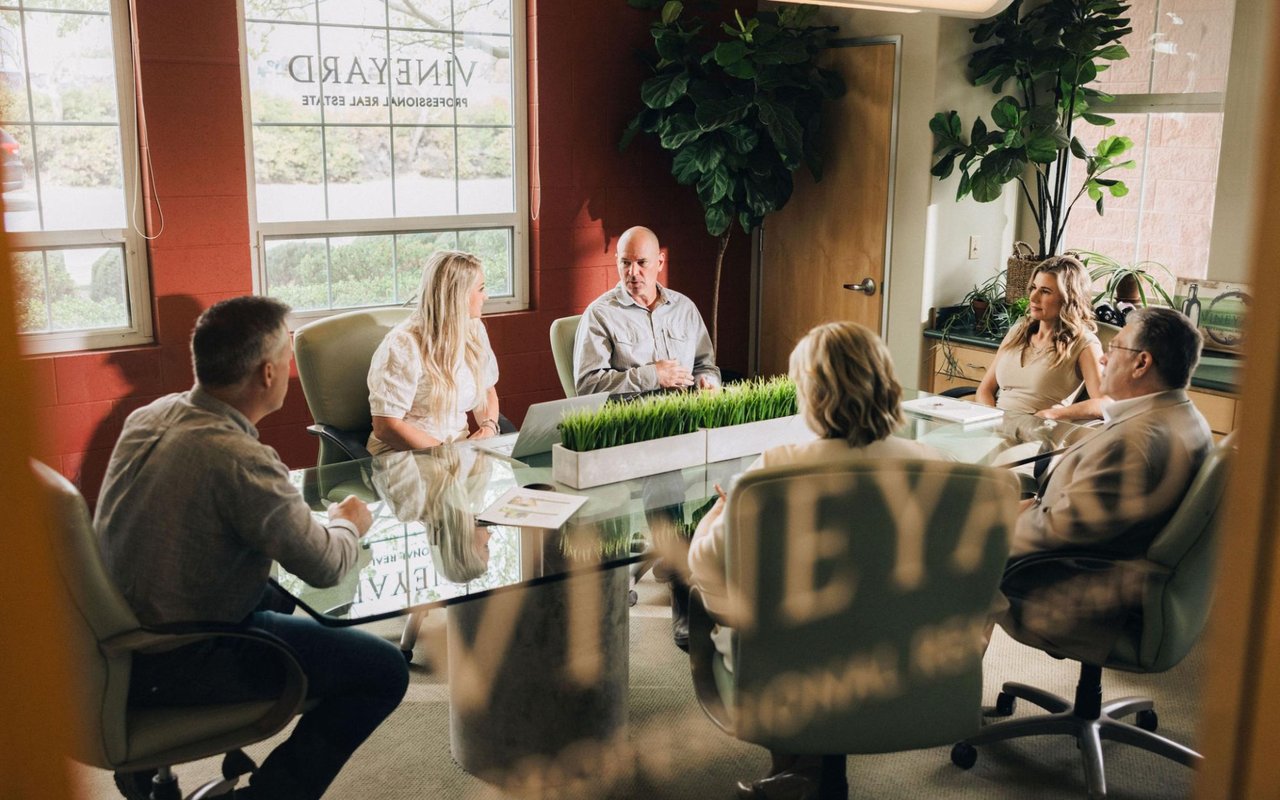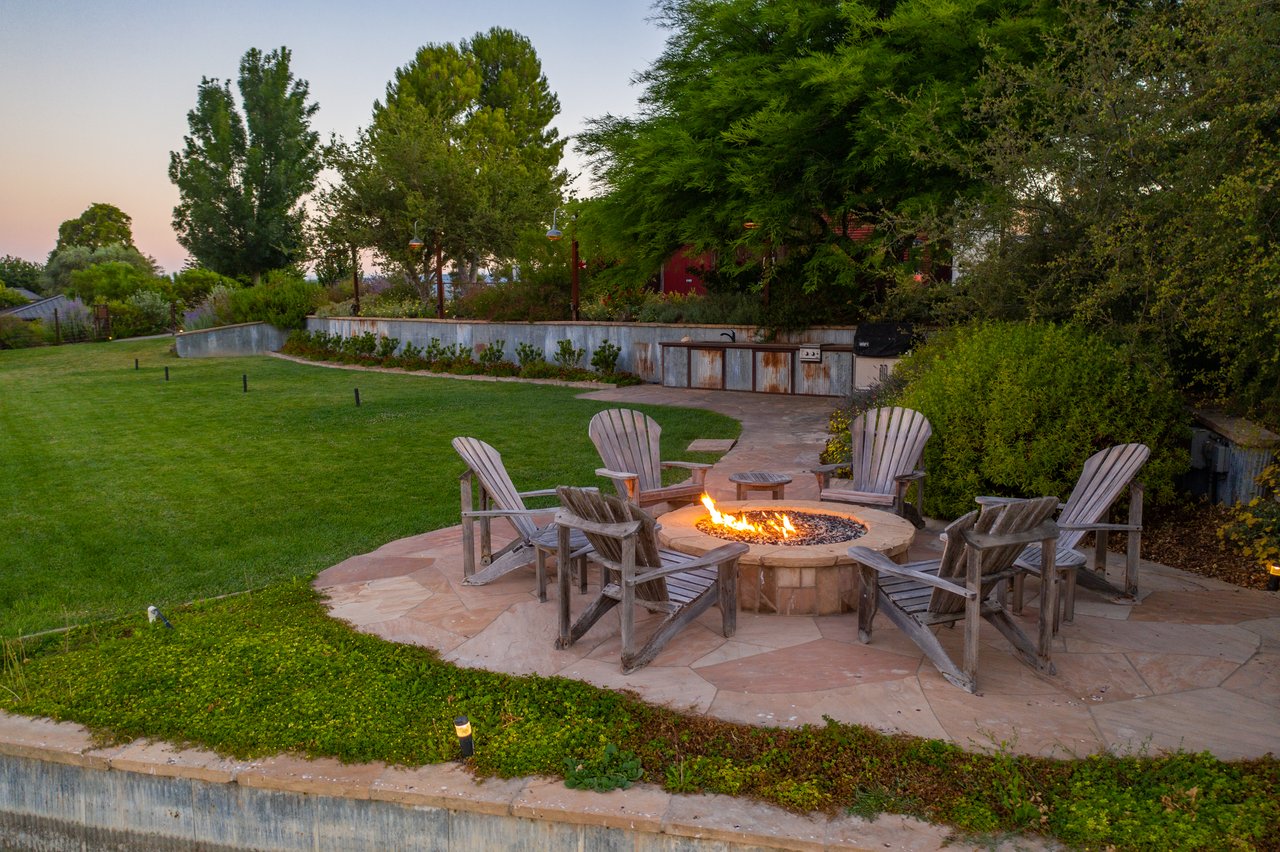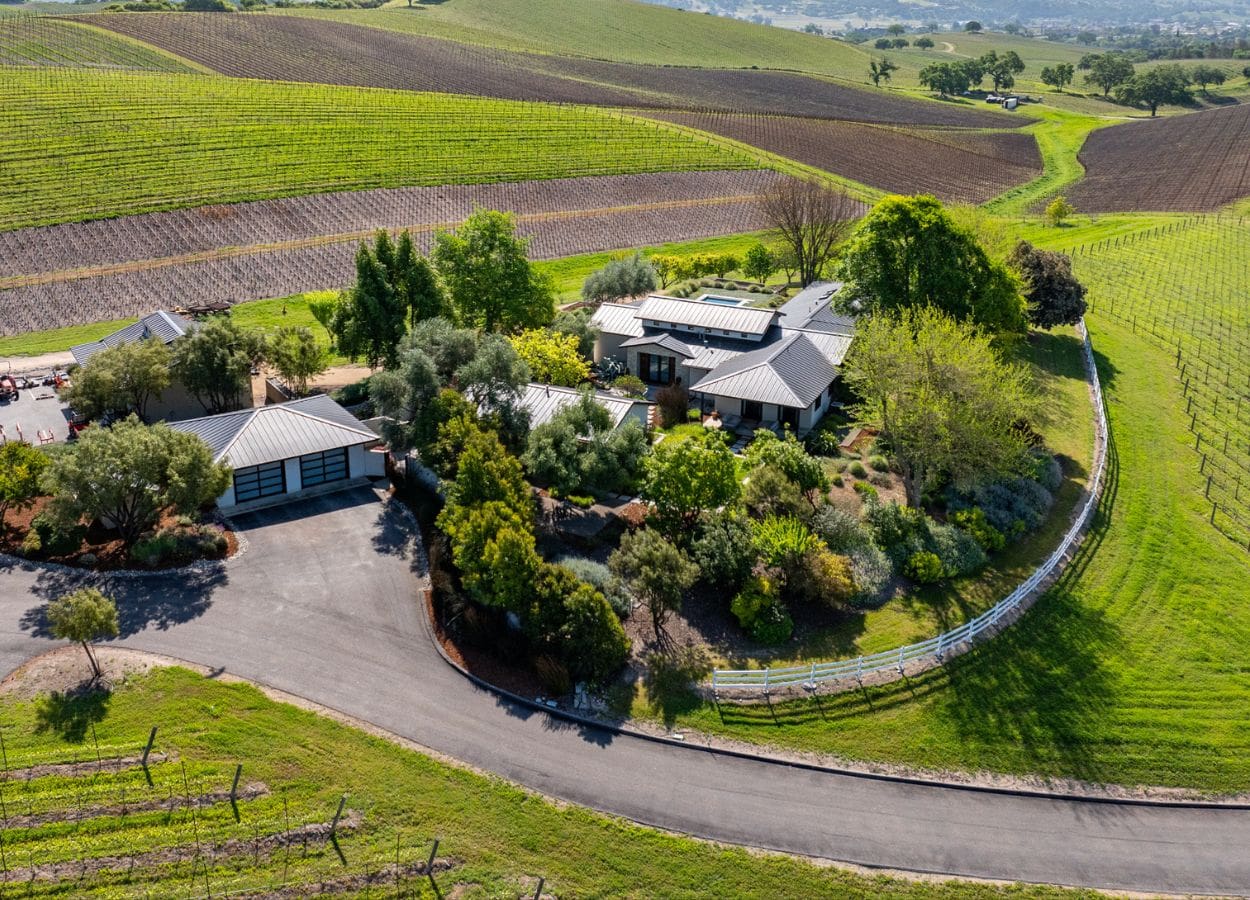From M&A to Succession Planning to Managing Distribution
About 150 people gathered Tuesday in Paso Robles to listen to speakers give their views on the latest trends in the wine industry at Central Coast Insights. Wine Business Monthly presented the financial and economic forum at Allegretto Vineyard Resort.
Among the speakers was Debbie Zachareas, owner/partner and wine buyer, Ferry Plaza Wine Merchant.
Zachareas praised the diversity of the Central Coast’s wine industry. But as a buyer, she said she would like to see more definition and clarity around some of the region’s American Viticultural Areas. “I would like to really know the difference between all of the little AVAs,” she said. There are vineyards and winemakers “who define some of that more than growers associations.”
“I would love to talk to a customer who walks in and says ‘I’m going to the Central Coast. Where should I go?’ And on the top of my head, I know the various places and what they offer and I can match a customer with that place,” she said.
“It’s so diverse. And I would love to have it more defined,” Zachareas said.
She is not encouraging the natural wine movement, a growing trend in the Central Coast. “Why?” she asked. “Wine is about pleasure. It’s about balance. It’s about enjoyment – something for everybody,” she said.
The long-time wine retailer said she wants to make her consumers feel comfortable. “I want to give them what they want,” Zachareas said. “But I also want to excite them and help them think out of the box – if they want to.”
Customers are diverse. There are customers at restaurants who want to order a glass of wine that they know and not have to interact with a sommelier, she said. Others are wine geeks.
“The beauty of the Central Coast in particular, because of all its diversity is that you can be everything to everyone.”
Another speaker, Stephen Rannekleiv, global strategist – beverages at Rabobank, addressed trends in the wine industry.
Wineries should boost their e-commerce and explore emerging tools such as Customer Vineyard to better market to their customers, Rannekleiv said. The data consortium uses big data to gain better insights into customers.
A study concluded that the most successful wineries had on average 30,000 emails in their address book. Wineries, Rannekleiv said, should not print sales receipts. Instead, they should ask for their customers’ emails.
They need to make sure their web page user experience is seamless, he said.
The industry should offer smaller package sizes, Rannekleiv said, noting the beer aisles in stores are full of single-serve cans.
Wineries should also focus on the message that wine is part of a healthy lifestyle. “This is something that resonates with younger customers,” Rannekleiv said.
Wine has had the monopoly of being part of the healthy lifestyle, he said. However, beer has been attacking that message. Michelob Ultra, for instance, is a light beer that has been promoted as the drink of choice for a healthy lifestyle.
The impact of the legalization of marijuana on the wine industry remains unclear.
One study indicated the demographics of a cannabis consumer is similar to those of a beer consumer. However a Rabobank study on who is likely to increase marijuana consumption or start using cannabis pointed to higher-income boomers and women. “To me, that’s the core of wine consumers,” Rannekleiv said.
Other speakers included distributors, who spoke on strategy and long-term goals. Craig Schisler, regional sales director for Southern Glazer’s Wine and Spirits urged wineries to plan and forecast where they want to be down the line.
“Who do you want to be?” he asked.
He and his panelists stressed the importance of developing relationships in the industry. After all, it’s a people business. “We’ve had people come in over a conversation at a bar,” Schisler said, as he described how wineries and distributors develop partnerships.
George Coope, senior director of strategy and analysis for Zepponi and Co., and other panelists discussed mergers and acquisitions. “There’s a lot of activity, still,” Coope said. Wineries and brands are looking to sell.
“But I think buyers are also being very selective,” he added. Companies are still trying to figure out how to integrate what they bought in 2015 and 2016.
The Central Coast has a diverse group of buyers and sellers. “This is really an area that’s got something for everyone,” Coope said.
The reason behind the mergers and acquisition is economics. Price ranges for an acre of planted vineyard in the Central Coast are still under $100,000, Coope said.
Sourcing strategies for a wine producer wanting to build a coastal brand at $25 or under excludes Napa and Sonoma counties. “If you’re sourcing a program at these price points, and you want very high quality, there’s nothing that can match the Central Coast in terms of variety and availability and economics.”
Lake and Mendocino counties are small, compared to the Central Coast, Coope noted. The two Central Coast districts are more than four times the size of Lake and Mendocino together.
Napa-based Duckhorn Wine Co., a winery owned by a San Francisco-based equity firm, TSG Consumer Partners, in 2017 bought Calera south of Hollister.
Zach Rasmuson, Duckhorn’s chief operations officer, did not rule out more acquisitions. “We like dirt,” he said.
One of its brand is Decoy, a Sonoma County wine produced in Hopland, just north of the Sonoma County line.
“It is becoming a challenge for Decoy specifically to deliver what is essentially a $20 bottle of wine with some of the grape pricing in Sonoma County with the new average of Pinot Noir being almost $4,000,” Rasmuson said. It gives us a chance to contemplate some appellation transitions or if not at least maximize our blendability with some grape fruit from other regions in California.”
Remembering Robert Haas
Tablas Creek Vineyard founder Robert Haas was remembered during the conference. Haas, one of the leaders in the Central Coast wine community, passed away last weekend. "For those of you that didn’t know Robert, he got it start in the wine industry back in 1950, before almost every one of us in this room was even born," Steve Lohr, CEO with J. Lohr said. Haas joined his father's firm, a retailer of wine and spirits, in the 1950s, founding Vineyard brands in the 1960s, an important development in bringing great French wine to the U.S. He formed a partnership with the Perrin Family of Chateau de Beaucastel in 1989, founding Tablas Creek Vineyard.
"Not only was Robert just a really good guy, but more than anyone else he was responsible for making Paso and the Central Coast a great area for Rhone wines," Lohr said. "It was his nursery on the Tablas Creek property that helped many of us get the clonal material to grow great Syrah, Grenache and Viognier. I really got to know Robert quite well back in 2007, 2008, 2009 when I was chairman of the Paso Robles Wine Country Alliance and at that time we were looking at forming sub appellations here within Paso Robles. Even though Robert had a very distinguished winery out on the Westside, he took a look at the greater good of Paso, thanks really go out for what Robert brought to the industry and for what Jason Haas, the general manager of Tablas Creek has continued to do for the industry. Thanks for all they’ve done to make Paso a great appellation."
Wine Business Monthly’s WiVi Central Coast is today at Paso Robles Event Center.




